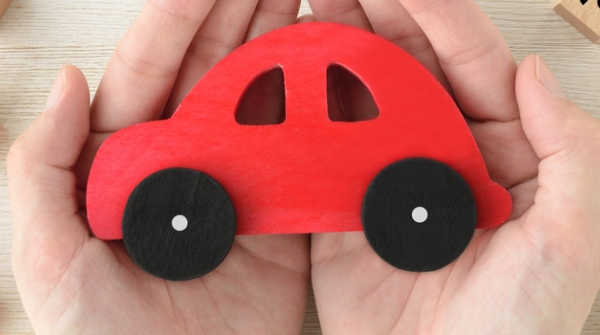By Grange Insurance Blog
Original Post: October 12, 2022
It’s hard to beat the coziness of warming up next to a hot fire, but woodstoves, fireplaces, and other heating methods can be dangerous, if not used properly. These woodstove and fireplace safety tips can prevent fires, burns, carbon monoxide poisoning, and other scary scenarios.
Woodstove & Fireplace Safety Tips:
Pay Attention to Location
Your woodstove should be placed on a noncombustible, fire-resistant base. Both wood burning stoves and fireplaces require plenty of distance between combustible materials like curtains, rugs, wrapped gifts, etc.
Be Careful What You Burn
Be sure to only burn dry, well-seasoned wood in your wood burning stove or fireplace. Never use your woodstove or fireplace to burn trash and do not use flammable fluids like lighter fluid or gasoline to start your fires. You should also be careful about any paper used to start a fire. Wrapping paper, for example, releases highly toxic chemicals into the air.
Practice Good Fire Safety Habits
Never let a fire burn unattended and try to keep a window cracked for extra ventilation. You should make sure there is a carbon monoxide detector and smoke alarm in the room and that you’re testing them monthly and changing the battery every year. For extra safety, you should keep a fire extinguisher nearby so that you can quickly put out any fires that become out of control.
Use a Wood Burning Stove Safety Guard or Fireplace Safety Screen
When it comes to fireplace and wood burning stove child safety, there are some extra steps you can take to keep your family safe. Especially if you have small children or pets, you’ll want to put up a protective barrier to reduce the risk of burns. You should also make sure that children and pets are never left in a room with a fireplace or woodstove unattended, even if it’s only for a few minutes.
Keep Up with Woodstove & Fireplace Maintenance
Have your chimney checked routinely by a mason or other relevant professional. You should also regularly dispose of woodstove ashes in a closed metal container that is kept outside of your home. For fireplaces, you should never let the ash level grow beyond one-inch thick.
We hope that these fireplace and woodstove safety tips help you protect your home and family from harm. Contact your independent agent today to learn more about your Homeowners insurance policy and what’s covered.


